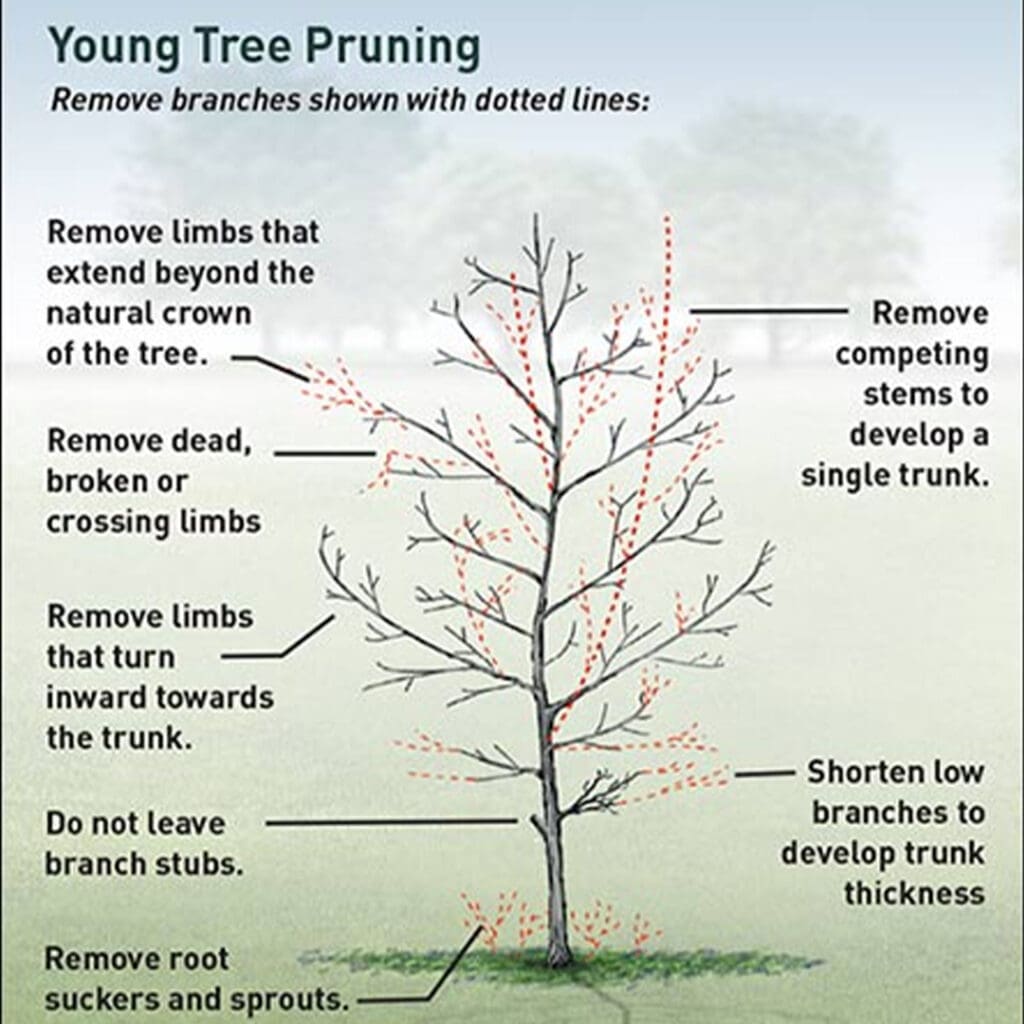Ornamental Trees and Shrubs
Read MorePosted on: Jun 24, 2021Luis M Pérez
Newly planted trees and shrubs
Taking care of your ornamental trees and shrubs requires watering early and often. When you first plant trees, and shrubs, they need to be watered right away. Then for the next 14 days, you should water for 30-45 seconds, twice daily. This will help maintain proper mulch and moisture management to the roots and ensure the roots resume growing. Also, one mistake that people often make when planting trees and shrubs, is to make a mulch dome around the base of the tree or shrub. Doing this blocks oxygen and creates a nesting ground for insects.

Tree and shrub treatments
Ornamental trees and shrubs, much like our lawns, require regular treatments to stay healthy. A deep root tree and shrub fertilizer in the spring and the fall will help keep your trees and shrubs growing healthy, full, and vibrant throughout the growing season. Deep root tree and shrub fertilizing is basically an injection of special fertilizer that goes right down to the roots of the trees and shrubs around the base of the plant. In addition to seasonal fertilizing, ornamental trees and shrubs require a regular dose of insect and disease treatments. Some common insects that affect trees and shrubs in Texas, Illinois, and Indiana are aphids, scale, spider mites, bagworms, and various types of beetles. Some common diseases are leaf spot, rust, blight, and root rot. The best way to protect your landscape against most of these issues is to apply preventative systemic foliar insect and disease treatments in the spring and summer.
When to prune or not to prune
Ideally, you should prune your ornamental trees and shrubs early in the year, just before the first bud and again in the latter part of the season after the first freeze. A properly pruned tree not only looks better, but it is also safer and healthier. Pruning helps rejuvenate growth and impacts the direction in which plants grow. It also helps to get rid of the dead or diseased branches. One of the dangers of pruning is that you risk injuring the plant. Make sure you have a sharp pruning blade to ensure a clean cut.

Why are my shrubs turning brown?
There are several reasons why shrubs turn brown. The most common reason is either too much or too little water. Consult with your local lawn care company or garden center if you are not sure how much you should be watering your trees and shrubs, as every plant is a bit different. The next most common reason shrubs turn brown is that they are susceptible to insects and diseases. If you notice chewing or rasping of the leaves, it is likely an insect issue. If you notice spotting or curling, it’s more likely a disease. The best thing to do is stay on a regular tree, and shrub insect and disease plan as these issues are becoming more common and are best dealt with preventatively.
Want to learn more or have any questions?
For more information on Trees and Shrubs, please contact our Lawn Care Expert, Luis Perez, via email at luisp@doctorgreen.com.

